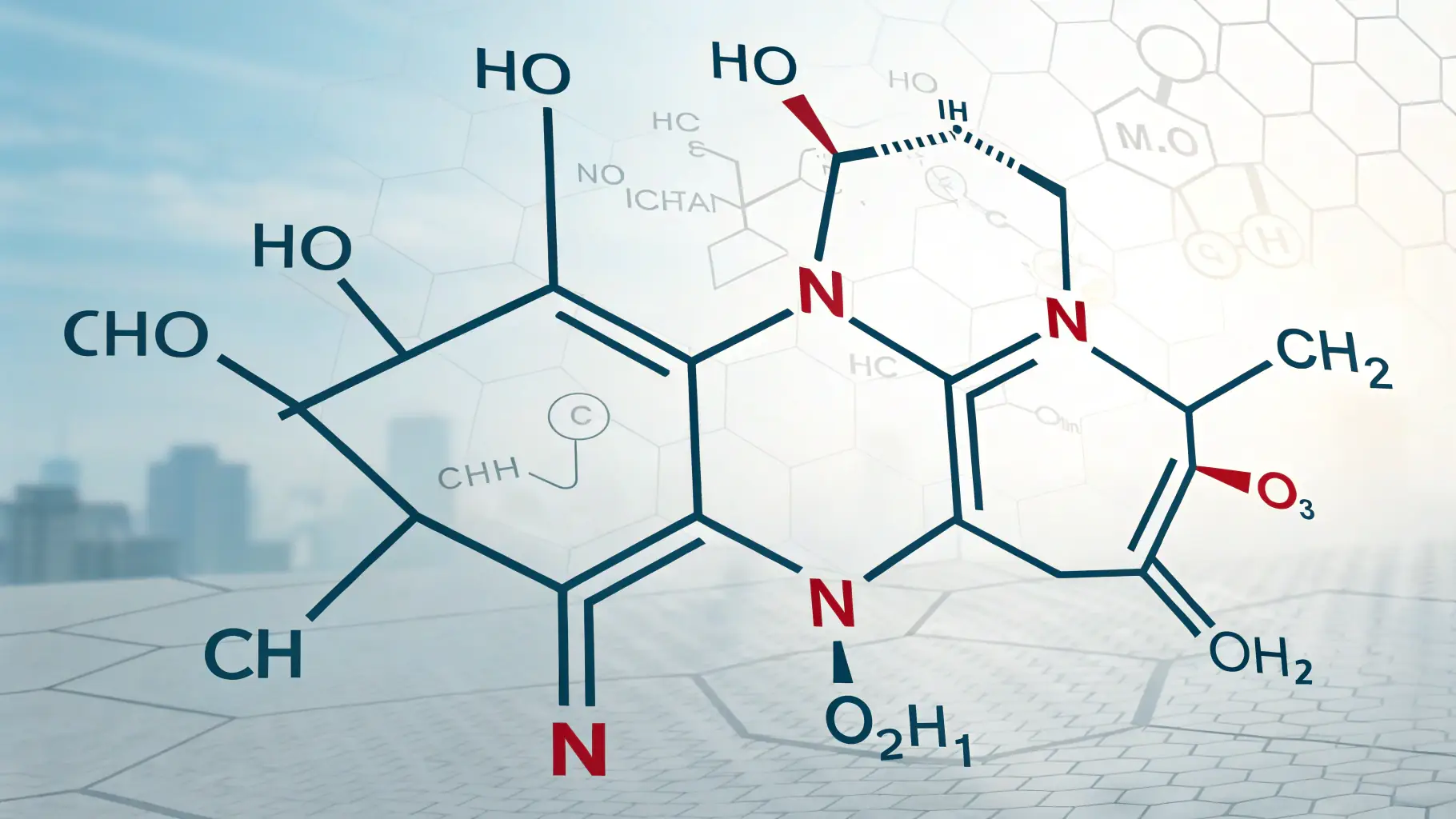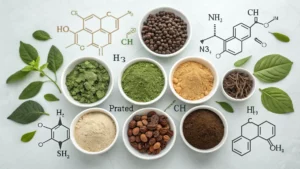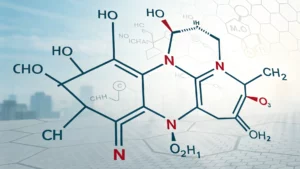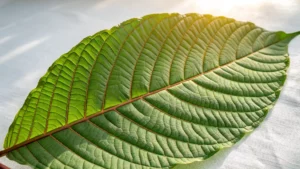7-Hydroxymitrigynine, a crucial component of the kratom plant, possesses a unique chemical structure. Understanding this structure is essential for comprehending its potential interactions with the human body. The precise arrangement of atoms within the molecule plays a significant role in its biological activity. Further research into the structure-activity relationship is crucial for developing a deeper understanding of its effects. The chemical structure of 7-hydroxymitrigynine is characterized by specific functional groups and bonding patterns. These features contribute to its overall properties and influence its interactions with various biological targets. The presence of certain functional groups, such as hydroxyl groups, may be responsible for its potential pharmacological effects. Further analysis of these functional groups is essential for understanding its mechanisms of action. The chemical structure of 7-hydroxymitrigynine is closely related to other kratom alkaloids. Comparing its structure to other alkaloids provides insights into the potential similarities and differences in their biological activities. This comparative analysis can help researchers identify potential targets for future research. Further research into the structural similarities and differences between 7-hydroxymitrigynine and other kratom alkaloids is crucial for understanding their collective effects.
Kratom Alkaloids: Beyond 7-Hydroxymitrigynine
This article explores the diverse world of kratom alkaloids, highlighting their individual characteristics and potential




